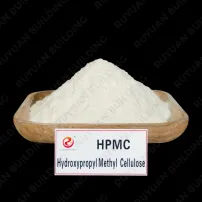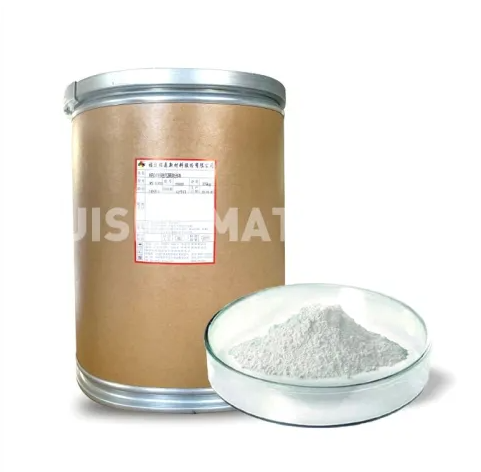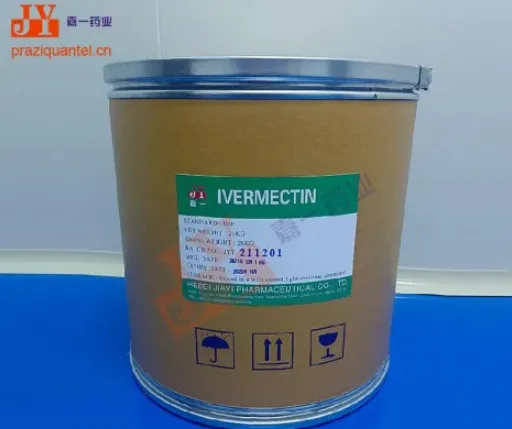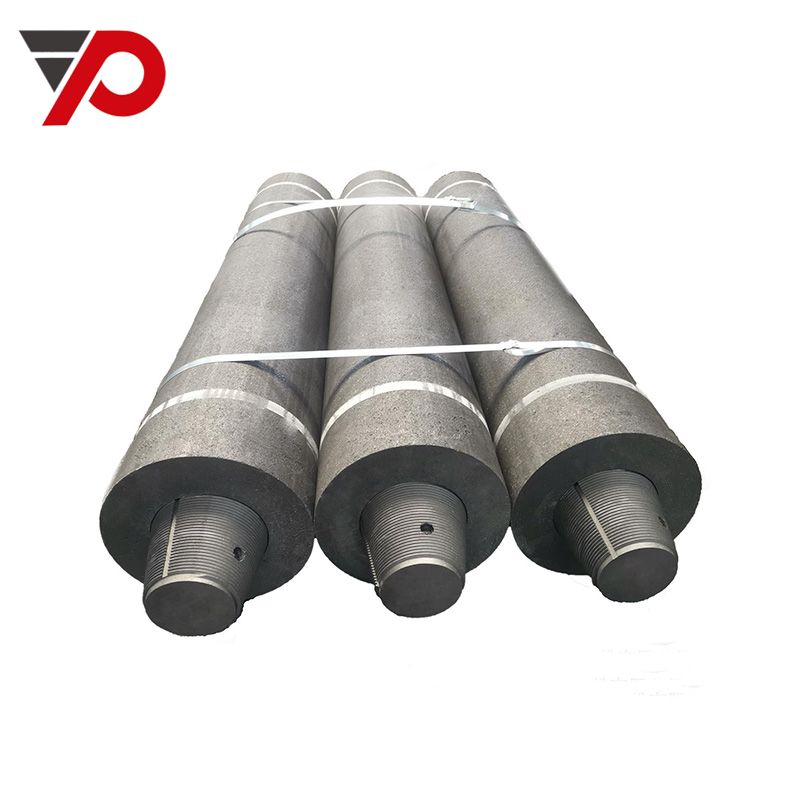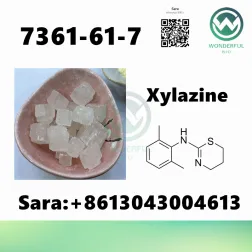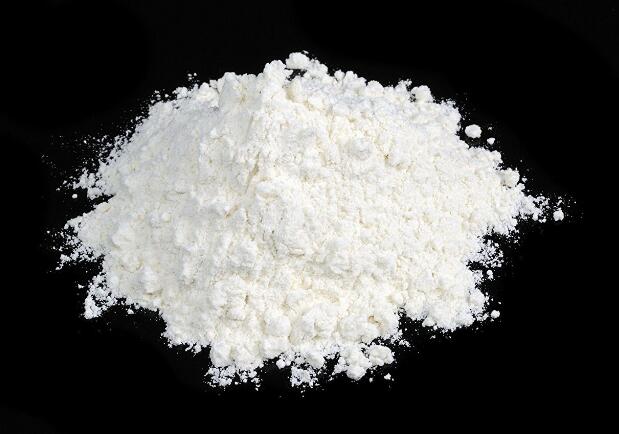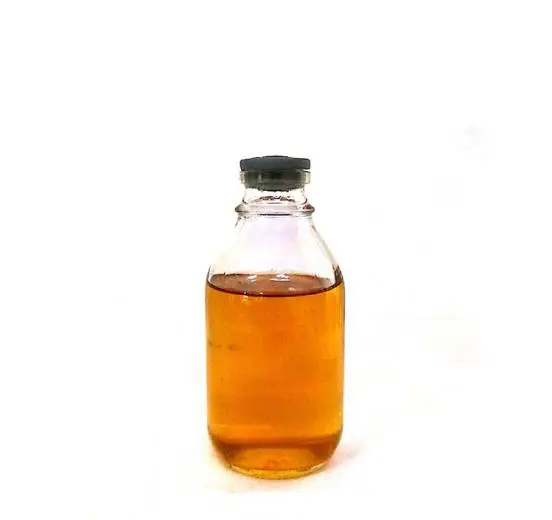What is hydroxypropyl methyl cellulose used for?
Hydroxypropyl Methyl Cellulose (HPMC) is a multifunctional and versatile compound that finds extensive use in various industries due to its unique properties. Derived from cellulose, a natural polymer found in plant cell walls, HPMC has gained popularity for its wide range of applications.
Construction Industry:
HPMC is a key ingredient in construction materials, serving as a vital additive in cement-based products. Its water retention properties improve the workability of mortar and plaster, allowing for better adhesion to surfaces. Moreover, HPMC acts as a thickening agent, enhancing the consistency of construction materials and preventing sagging.
Pharmaceuticals:
In the pharmaceutical industry, HPMC is widely employed as a coating agent for tablets and capsules. It provides a protective barrier, controlling the release of active ingredients and ensuring proper dissolution. HPMC coatings also contribute to the visual appeal of pharmaceutical products and aid in masking any unpleasant tastes or odors.
Food Industry:
As a food additive, HPMC serves various purposes, including thickening, emulsifying, and stabilizing. It is commonly used in processed foods, dairy products, and desserts to improve texture and prevent separation. Due to its non-toxic nature, HPMC is considered a safe option for enhancing the quality of food products.
Related articles:What is Hydroxy Ethyl Cellulose (HEC)?
Introduction to CAS 2381089-83-2 LY3437943 Wholesale high purity
Is liquid adhesive strong?
What is the spray adhesive used for embroidery?
What Does Praziquantel Treat in Animals?
5 Uses of Benzocaine
What are the main characteristics of polypropylene fibers?
Personal Care Products:
In the cosmetic and personal care industry, HPMC is utilized in the formulation of creams, lotions, and shampoos. Its ability to provide a smooth and silky texture makes it a preferred choice for enhancing the sensory experience of skincare and haircare products. HPMC also acts as a thickener in these formulations, improving their stability and shelf life.
Paints and Coatings:
HPMC is an essential component in water-based paints and coatings. It functions as a thickener, preventing settling and improving the rheological properties of the paint. Additionally, HPMC contributes to the overall stability and durability of the coating, ensuring a consistent and high-quality finish.
Detergents and Cleaning Products:
In the production of detergents and cleaning products, HPMC is used to enhance the viscosity of liquid formulations. This helps in achieving the desired flow properties and ensures that the product adheres to surfaces effectively. The compatibility of HPMC with various surfactants makes it a valuable ingredient in these formulations.
Hydroxypropyl Methyl Cellulose (HPMC) has emerged as a crucial component in a diverse array of industries, owing to its exceptional properties. Its versatility, safety, and effectiveness make it a preferred choice for formulators and manufacturers seeking to improve the performance and quality of their products. As technology and research continue to advance, the applications of HPMC are likely to expand, further solidifying its role as a key player in various industrial processes.
What Materials Won't Adhesive Stick To?
What Are the Benefits of Tributyrin?
Make Your Own Custom Sticker Sheets!
Questions about You Should Know about HPMC
Products - Free Shipping
The Versatility of 30% Salicylic Acid: Applications and Benefits
What is zinc oxide used for?



